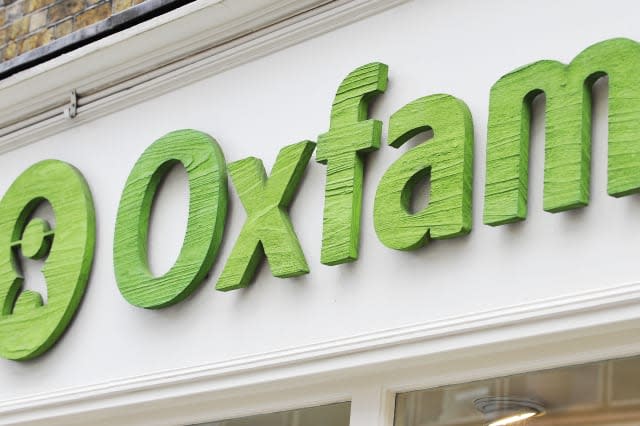Oxfam discounts to compete with Primark

Oxfam is struggling to compete with bargain clothes shops like Primark, cut price fashion from the supermarkets, and discounted garments from the likes of Aldi and Lidl. In an effort to keep customers, it's opening a number of discountcharity shops.
Its annual report has revealed that sales at Oxfam shops have fallen 3% to £72.5 million, as donations dropped. The charity is struggling with the fact that people buy fewer new clothes - so donate less. In addition, the cheap clothes they are buying are not lasting long enough to donate to a charity shop.
Andrew Horton, Oxfam Trading Director said: "The pressure people have felt on their household incomes means people are buying fewer new clothes and other items, which has a knock-on effect on the quantity and quality of donations to our shops. We need people to donate any unwanted clothes, books and home wares to Oxfam."
Meanwhile, the scale of international disasters means the charity responded to an unprecedented number of emergencies, and supported 8.1 million people. It received more in financial donations, and it cut the costs of administration so a higher proportion of cash goes to people in need. However, it still needs to make the shops more profitable.
%VIRTUAL-ArticleSidebar-shopping-guide%
New strategies
The charity tried a number of initiatives last year, including extending Sunday opening hours during the Christmas season, running a January donated sale and a 'Big Bling and Buy' sale in March - focused on accessories.
For a number of years it has also run a chain of 'boutiques', combining second-hand high-end fashion, with one-offs created for Oxfam using donated clothes - plus items from Oxfam's Ethical collection. It also runs specialist bookshops and bridal boutiques of second-hand dresses.
Now, however, it is turning its attention to the cut-price end of the market, and has opened a number of 'super-saver' branches. These sell the usual mix of clothes, books, and bric-a-brac, for lower prices than the traditional outlets. They will be priced at 'round pound' options of £1, £2 and £3.
How can this make more money?
This doesn't eat into the charity's income, because it is the result of a clever centralised system, that allocates donations depending on the quality of the clothes. The most valuable ones end up in the boutiques and more upmarket areas, most items go to regular stores, and slightly lower quality things go to super-saver stores - often in less affluent areas.
These items would have been sold at these low prices in its usual stores, but by bringing them together it gives people the idea they are getting better bargains, and thereby increases sales of these items.
Oxfam is not the first to explore this option. Bernados has opened a number of discount stores offering block prices (usually £1.99), Cancer Research also has some discount stores, and FARA has opened some jumble stores - where shoppers can rummage for a bargain.
But what do you think? Would you shop at a charity discount shop? Or do you prefer your bargains brand new? Let us know in the comments.
Charity stories on AOL Money
Scamwatch: charity fraud
Lady Gaga blows almost $300,000 on shoes she's already worn
Four charities investigated for cold calls





